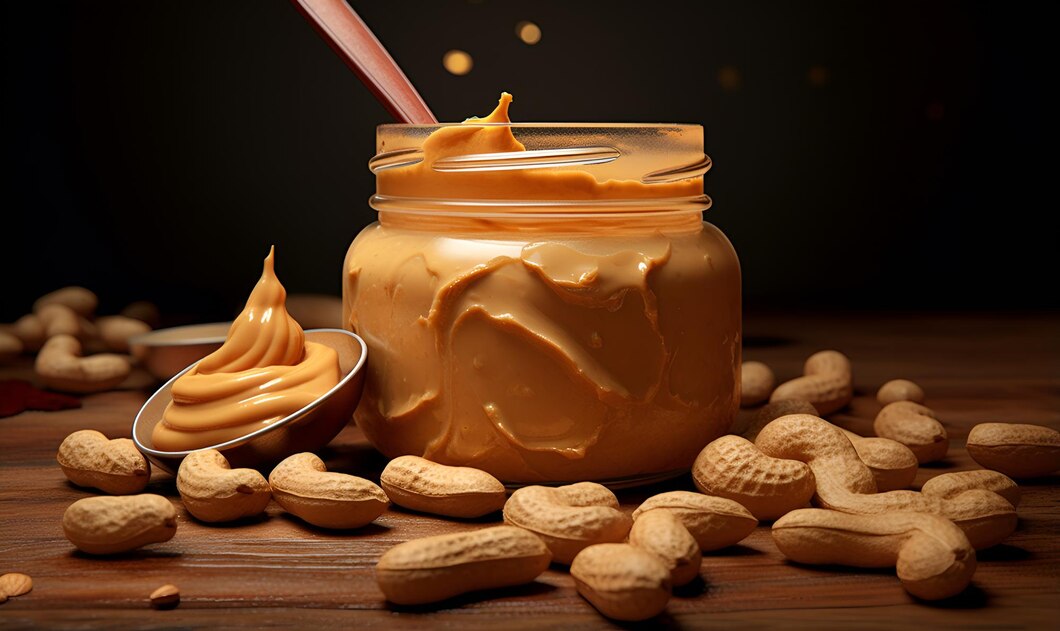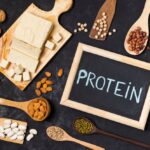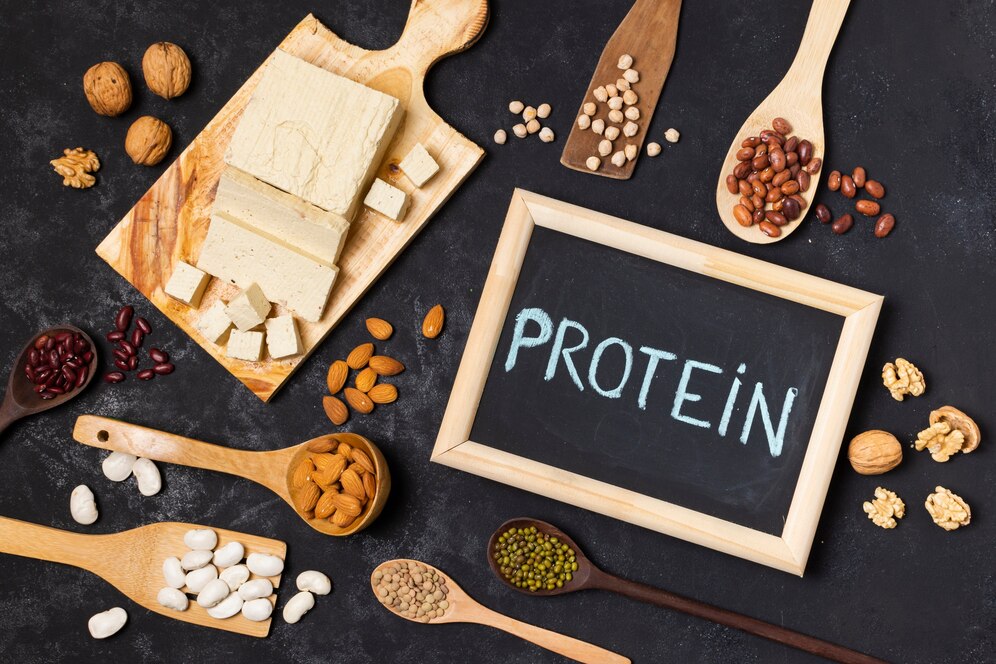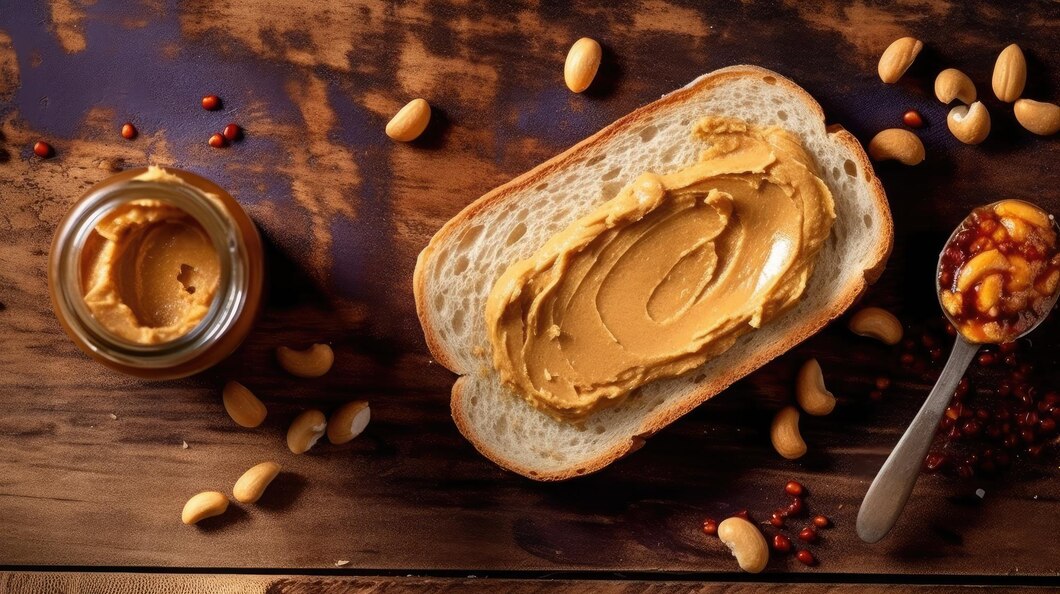
What Is The Role Of Aflatoxin In Peanut Butter & How We Control It In Peanut Butter
Peanut butter complements almost every dish. It pairs wonderfully with a juicy apple for a delicious afternoon snack. It can be used with milk and red curry paste to make a tasty sauce. And, yes, you can spread it between two slices of bread to relive your childhood.
Peanut butter is high in protein. Those who are allergic to peanuts should exercise caution, though, as several kinds include significant amounts of added sugars and fats. In light of this, is peanut butter generally healthy?
A lot of people who love peanut butter say it tastes incredible and has a really interesting texture—especially the way it sticks to the roof of your tongue right before melting.
Naturally, not everyone has a peanut-loving palate. A tiny proportion of people have peanut allergies, which can even be fatal. Is peanut butter bad for them? Now, let’s investigate.
Advantages of Peanut Butter
Good protein source
Peanut butter provides all three of the key macronutrients in a well-balanced energy supply. A 100-gram (3.5-ounce) serving of peanut butter has 22 grams of carbohydrates, 22.5 grams of protein, and 51 grams of fat. Peanut butter lacks methionine, an essential amino acid, despite having a reasonably high protein content.
Low in Carbs
Pure peanut butter is appropriate for a low-carb diet because it only has 20% carbohydrates. Additionally, it raises blood sugar levels extremely slowly, which makes it an excellent choice for those who have type 2 diabetes.
High in Healthy Fats
Consuming reasonable amounts of whole peanuts or pure peanut butter is acceptable on a weight-loss plan, even though they are heavy in calories. Furthermore, vegans and those on a plant-based diet may find that peanut butter, when consumed in moderation, can be a suitable alternative because it is high in heart-healthy fats and a solid source of protein. Oleic acid, a monounsaturated fat that is high in health benefits and abundant in olive oil, makes up half the fat in peanut butter.
Rich in Antioxidants
Peanut butter has more nutrients than only the essential vitamins and minerals, like the majority of actual meals. Numerous other physiologically active nutrients are also abundant in it, and they may offer some health advantages. Additionally, it includes a small amount of resveratrol, which has been linked to a decreased risk of heart disease and other chronic illnesses in animals.
Aflatoxin in Peanut Butter
Despite being a highly beneficial food, raw peanut butter may include potentially dangerous ingredients like aflatoxins.
This is because peanuts grow underground, where Aspergillus, a common mould, can invade them. Aflatoxin-producing mould is a source of toxins that are thought to be unhealthy.
Let’s start by explaining what aflatoxins are. Aflatoxin production occurs in multiple fungi but is primarily attributed to Aspergillus flavus and Aspergillus parasiticus. Like most other mushrooms, these fungi are found naturally in their surroundings.
Hence, while growing in the field, they may be found on a variety of crops, including cottonseed, maize, rice, certain spices, cocoa beans, tree nuts, and peanuts. After harvesting, these commodities are generally stored improperly (in warm, humid conditions), which leads to the fungi producing aflatoxins.
Aflatoxin: What Is It and What It Does?
From a chemical perspective, Aspergillus flavus and Aspergillus parasiticus are two distinct species of mould that generate Aflatoxin, a sort of “mycotoxin.” Natural moulds are present all across the planet, with human food supplies in moist, warm climes having the highest concentration of these moulds. Aflatoxin mould can also develop on grains that are produced in unfavourable environments, like those that are undergoing droughts.
Aflatoxin strains B1, B2, G1, and G2 are the most frequently found in food. Metabolic mechanisms convert Aflatoxin into the metabolites M1 and M2, which have “high carcinogenic potential” if humans or other mammals consume it.
Aflatoxin targets the liver and appears to affect cell division. This may lead to altered liver function and altered metabolism and excretion of other chemicals, potentially exacerbating food allergy reactions.
While many different kinds of moulds and fungi, including different species of mycotoxins, can develop on food, Aflatoxin has drawn more attention than most other forms. Aflatoxin consumption has been linked to an elevated incidence of certain illnesses and harmful symptoms in human observation studies, and high levels of consumption have been demonstrated to be poisonous in animal experiments.
Large numbers of livestock, such as ducks, chickens, and peanut flour, have occasionally perished over the last century or so due to aflatoxin contamination of their food sources. Cottonseed and peanut flour can harbour up to twelve distinct strains of Aflatoxin.
Does cooking peanuts help reduce Aflatoxin?
Even after being processed or roasted, products like peanut butter and many other processed goods might contain aflatoxin moulds because these moulds are not completely eliminated. Processing corn, legumes, soy, and peanuts using agricultural methods can help lower the danger of contamination, but it cannot completely eradicate it.
However, here is some good news. Since Aflatoxin is difficult for mould to resist, traditional corn tortilla-making methods that involve oxidizing or alkaline conditions can help eradicate the fungus.
Minimize Your Exposure to Peanut Aflatoxins
Aflatoxin contamination can also occur in peanuts and peanut butter while they are being stored.
Fortunately, there are several steps you may take to lessen the possibility that you will consume tainted peanuts. Here are some recommendations:
- Purchase peanut butter and peanuts from suppliers who take the risk of aflatoxin contamination seriously.
- Peanuts should always be kept in a cold, dry area. Aflatoxin-producing fungi prefer warm, humid conditions to flourish.
- If you are not going to use your peanuts right away, think about freezing them.
- Make sure to include a lot of foods high in vitamin C in your diet. According to research done in labs and on animals, vitamin C may provide some protection against the harmful effects of aflatoxins.
Aflatoxin contamination may occur if the homemade peanut butter makers sold at health food stores are not thoroughly cleaned on a regular basis and peanuts are kept in them for prolonged periods. Purchase a peanut butter-making food processor or blender and grind your own peanut butter at home if you enjoy the taste of freshly ground peanut butter.
Fermented Peanut Butter Recipe
Fermented Peanut Butter is an excellent DIY recipe that allows you to consume peanut butter free of Aflatoxin. Fermenting also decreases oxalates, adds probiotics, and increases the bioavailability of peanut butter’s components.
Numerous diets, such as the Ancestral, Gluten-free, Keto, GAPS, and Vegan ones, work well with this recipe.
Ingredients
You can use store-bought peanut butter or peanuts to produce fermented peanut butter.
Making it with peanuts is a preferable option since you will have more control over the ingredients and preparation methods. The majority of peanut butter from stores could be rotten or have other problems with quality control.
Therefore, this recipe uses peanuts.
You’ll need the following ingredients to produce fermented peanut butter:
- Peanuts: If possible, get raw organic peanuts and roast them yourself. Alternatively, you could sprout them first, which would entail soaking them for the entire night before dehydrating them.
- Water: Water is an unexpected yet crucial component. In the absence of water, the probiotics become stuck in the peanut butter lipid matrix and are unable to multiply. Water also imparts a somewhat less peanutty flavour to the peanut butter, making it creamier and allowing the tartness to counterbalance it.
- Sea salt: Optional.
- Probiotic: To inoculate fermented foods like this one, choose a probiotic that you know is alive and effective. Alternatively, try a vegan probiotic meant for dairy-free yoghurt.
Making procedure
Making Fermented Peanut Butter is a simple and rapid process:
- Put roasted (and dehulled, if necessary) peanuts in a food processor with optional sea salt and pulse until the peanuts create peanut butter.
- Add water gently through the feed tube while the motor is operating. Process until the water is all mixed in and the peanut butter is smooth. Eliminate the cover. To ensure they are combined in the following step, scrape the sides and bottom with a spatula.
- Add the probiotics and mix for a brief moment.
- Pour peanut butter into a glass jar or fermentation vessel. Loosely cover. Place it in a steadily warm location for about fifteen hours. If you have an Instant Pot in yoghurt mode, you can ferment right in the insert pot.
Note: After fermenting, your peanut butter might have a darker “skin” on the surface. This is OK; it’s just darker and firmer where it came into contact with air.
- Store it in the refrigerator or consume it right away. You may store fermented peanut butter in the fridge for up to a month.
The Bottom Line
While peanut butter has many benefits, it also has some drawbacks.
It’s a good source of protein and reasonably nutrient-rich. In addition, it has a lot of fibre, vitamins, and minerals, but these don’t seem as important, given its many calories.
Moderate use of peanut butter is totally acceptable as part of a balanced diet. However, the biggest issue with peanut butter is that it’s tough to resist.
Peanut butter eating in moderation is not likely to have any detrimental effects. It’s more crucial to avoid trans fats, sugar-filled sodas, and other highly processed foods whenever you can.








